Vacant land, miserable people
The story of abandoned vacant land and spontaneous residential areas is not new, but has actually existed for many years; it has been reported by public opinion and the press many times, especially the situation of suspended projects and suspended planning for 20-30 years. In the central area of Ho Chi Minh City, we can mention the Binh Quoi - Thanh Da urban area (Binh Thanh District) suspended for 31 years, the Thu Thiem new urban area (Thu Duc City) after more than 20 years still has only a few projects formed; and in the distance, we can mention the Sing - Viet urban area (Binh Chanh District) also suspended for more than 25 years; the northwest belongs to Hoc Mon District, Cu Chi District; the South of Ho Chi Minh City also has a series of suspended projects for a long time...
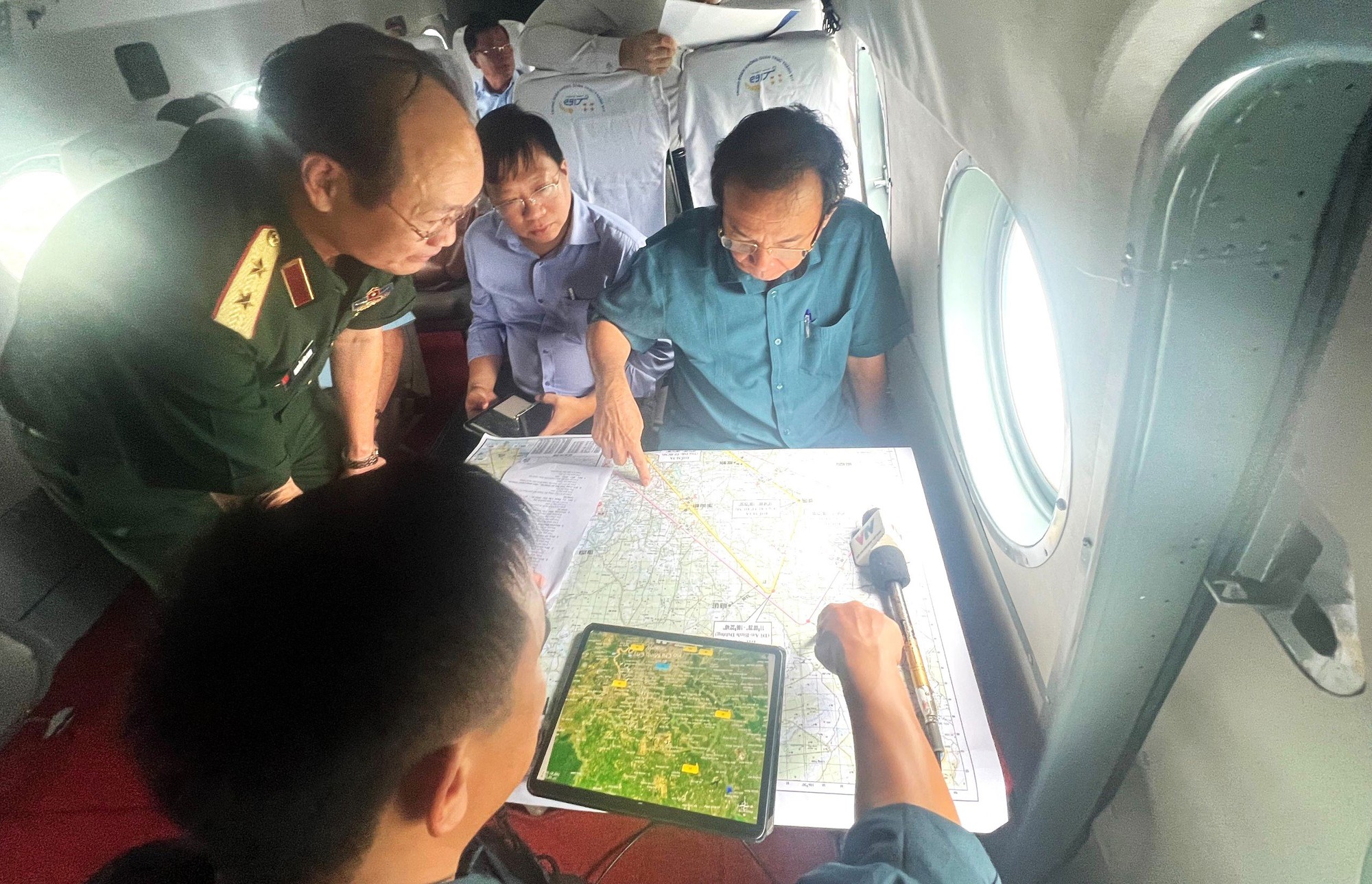
Ho Chi Minh City Party Secretary Nguyen Van Nen sits in a helicopter surveying. Photo taken on August 26.
According to statistics from the People's Committee of Binh Chanh District, there are 323 projects in the district to build housing, social infrastructure, parks, etc. As of May 2022, there are 92 projects that are delayed, some of which have been "suspended" for 20-30 years, so the district has sent documents to investors requesting them to speed up progress, otherwise they will propose to revoke the project. Revocation of the project is a strong measure and is desired by the locality, but to implement it is a lengthy process, which largely depends on the assessment and specific advice of departments and branches.
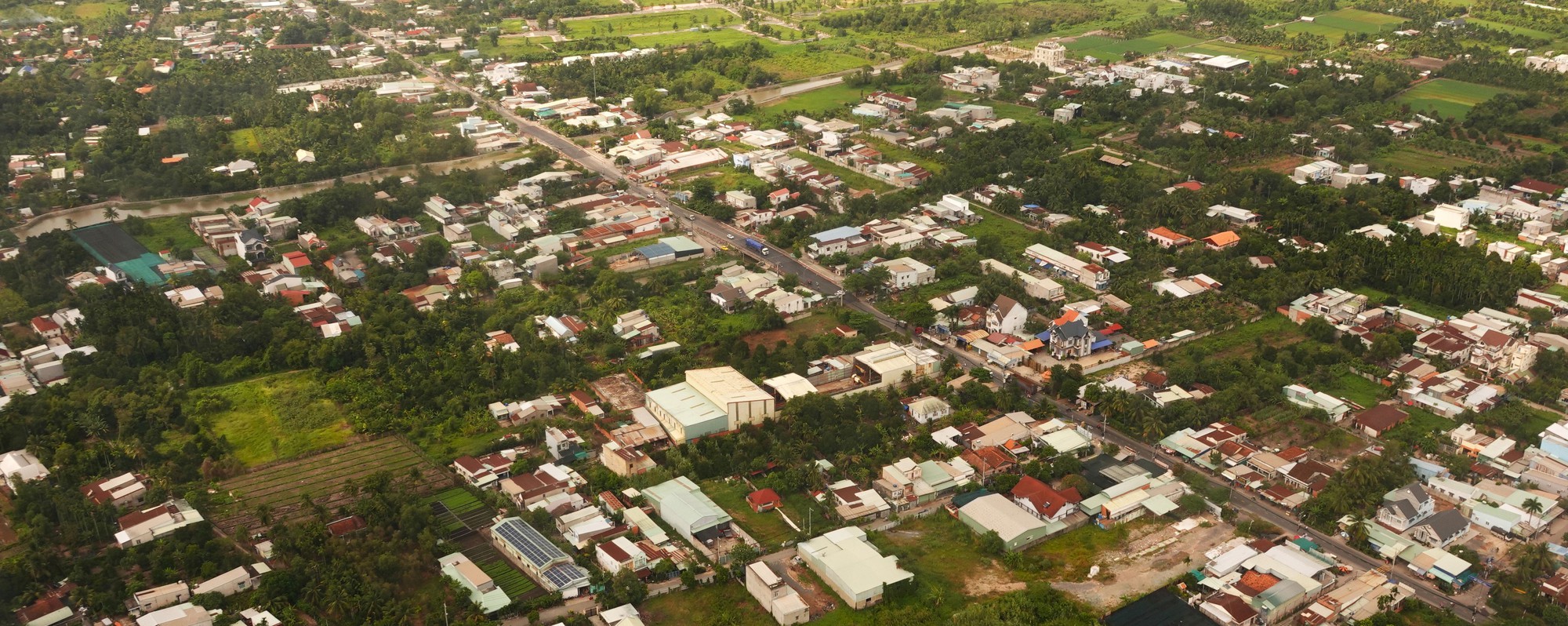
There is still a lot of vacant land in the suburbs of Ho Chi Minh City, and residential areas are developing spontaneously.
Next to Binh Chanh District is Hoc Mon District. Secretary of Hoc Mon District Party Committee Tran Van Khuyen once shared on the forum of Ho Chi Minh City People's Council that he felt sad when standing in Nhi Binh Commune (Hoc Mon District) looking across to Thuan An City of Binh Duong and seeing the bright lights, while on the Hoc Mon side, the level of development is still very modest, there is still a lot of vacant land. Hoc Mon is also one of the localities with many suspended projects, overlapping planning and an agricultural land ratio of up to 50%. The inadequacies in land use planning compared to personal needs make people upset because they have land but cannot build houses, large land cannot be divided into plots for children to live separately. In mid-2022, this locality proposed that Ho Chi Minh City consider handling and reclaiming more than 700 hectares of land belonging to suspended projects, planned for many years but not implemented.
Vacant land is not only due to the incompetent private investors, but also many projects implemented with state budget capital are slow. One example is the project to build green fences to isolate the two waste treatment complexes of Da Phuoc (Binh Chanh District) and Tay Bac (Cu Chi District). Because the project has been suspended year after year, people are in a situation where they cannot leave or stay, and their assets are transferred at low prices...
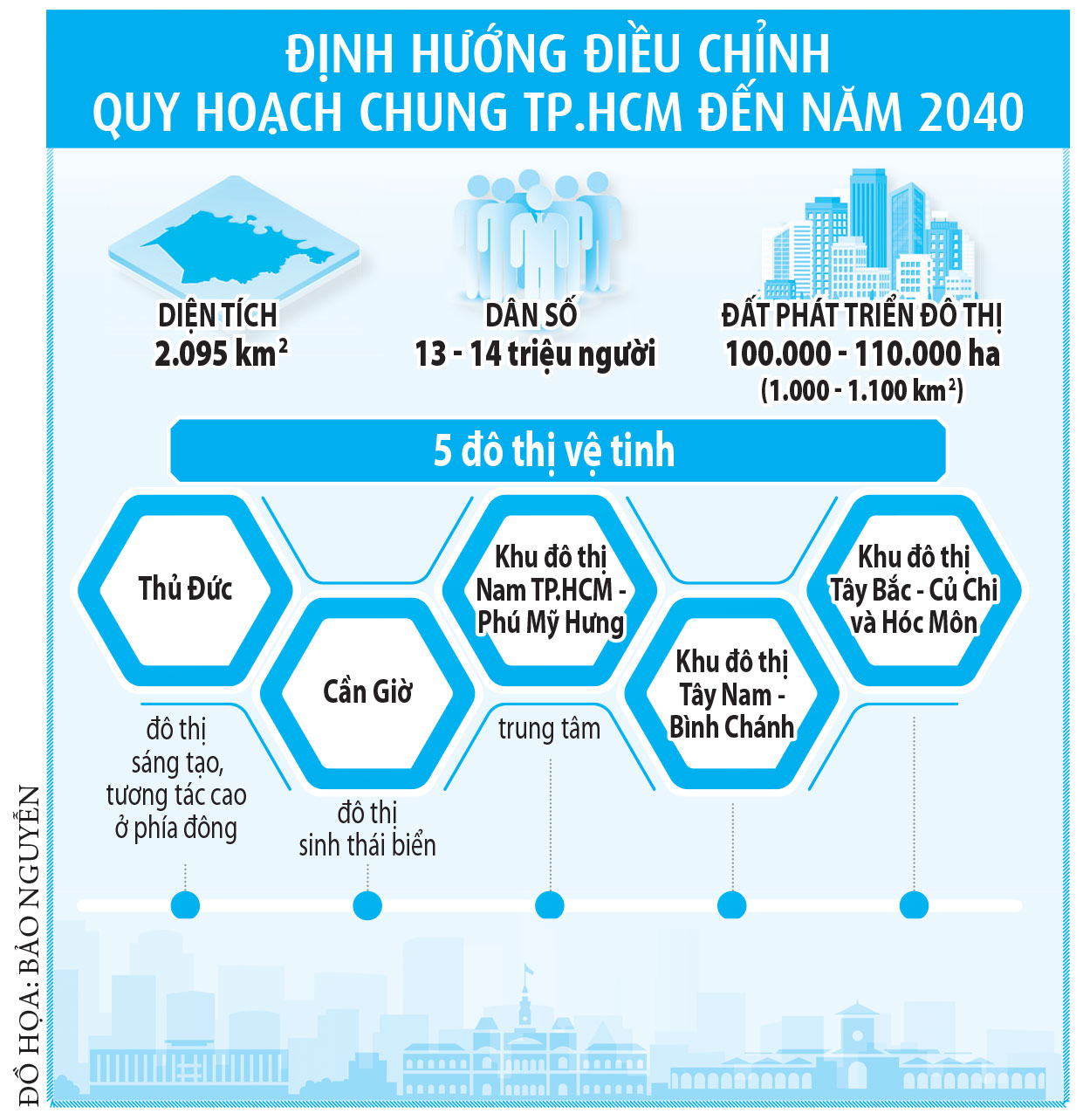
Urban areas on paper such as Binh Quoi - Thanh Da, Sing - Viet... are just among hundreds of suspended projects in Ho Chi Minh City. Every time the National Assembly and Ho Chi Minh City People's Council meet with voters, people are upset and ask when they will be implemented, and if not implemented, when will they be reclaimed to return the people's legitimate rights to land and housing. These are also the fragmented pieces that form the picture of "a lot of vacant land" that Ho Chi Minh City leaders saw more clearly when surveying from a helicopter.
According to the research results of the Ho Chi Minh City Institute for Development Studies, the rate of land use conversion from agricultural land to non-agricultural land in Ho Chi Minh City in the period of 2011 - 2020 is quite slow. In particular, the period of 2011 - 2015 reached 11.2% and the period of 2016 - 2020 only reached 13.18% compared to the approved plan.
The cause of this situation is due to inadequacies and difficulties in regulations on planning, land use plans with other plans and legal regulations on investment and construction projects. In addition, land data is not complete, accurate, consistent and continuous, affecting the accuracy of forecasting of planning and land use plans. Statistics and assessment of land funds (especially the assessment of fragmentation and division, exploitation efficiency) are not complete and accurate, so the forecasting quality of planning and land use plans is not high.
Regarding the implementation of planning and land use plans, there are also causes due to difficulties in reclaiming agricultural land, lack of resources to invest in technical infrastructure framework and projects on land...
SLOW CONVERSION OF AGRICULTURAL LAND
"There is still a lot of vacant land" also comes from the reason that in the land use structure of Ho Chi Minh City, agricultural land still accounts for a large proportion. In 2010, Ho Chi Minh City's agricultural land was 118,052 hectares, accounting for 56.3%. By June 2018, the Government issued Resolution 80 on adjusting the land use planning until 2020 and the final land use plan (2016 - 2020). Accordingly, the Government allowed Ho Chi Minh City to convert more than 26,000 hectares of agricultural land to non-agricultural land so that by 2020, the agricultural land structure will decrease to 42.1%.
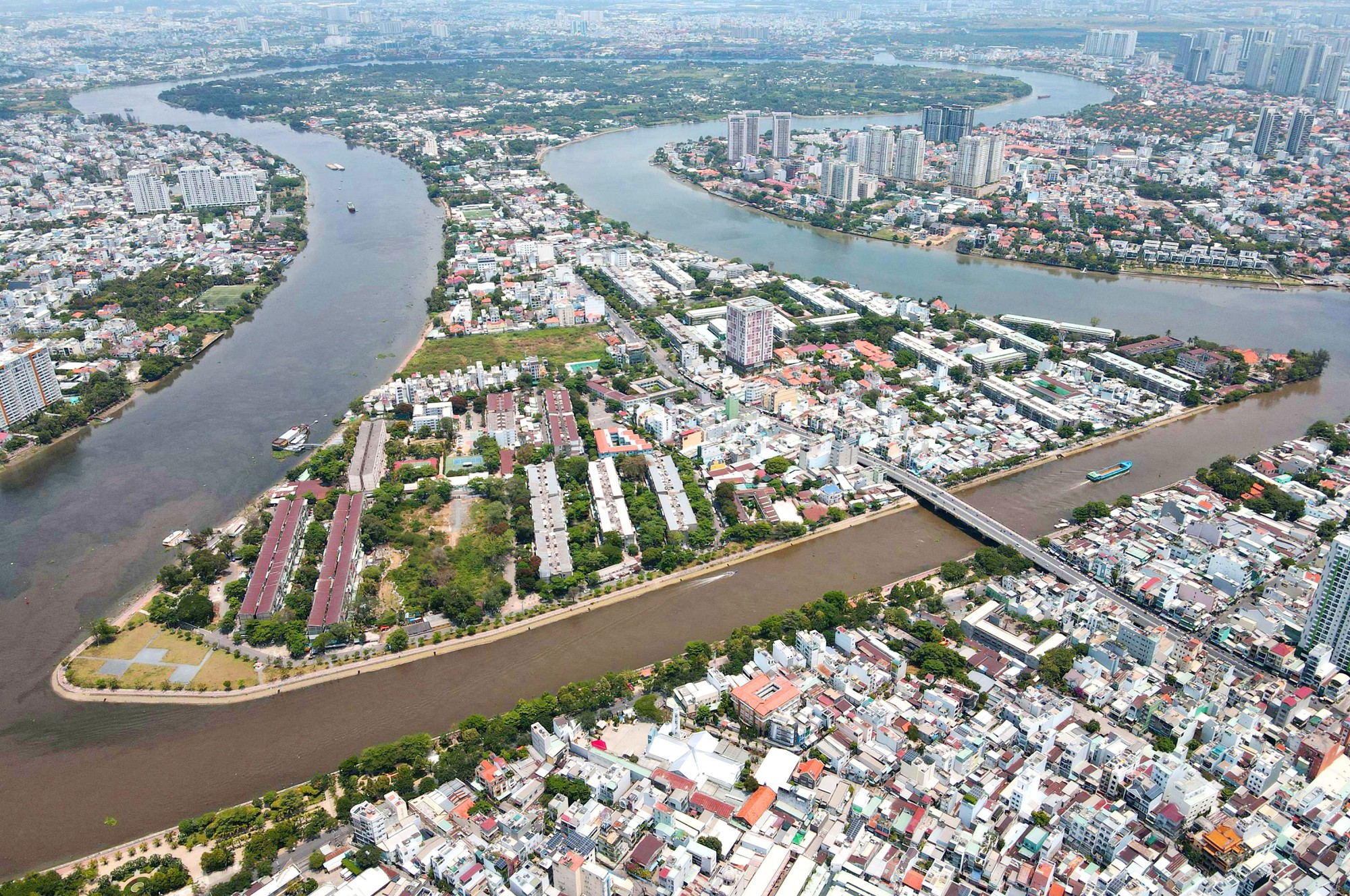
Binh Quoi - Thanh Da Urban Area (Binh Thanh District), one of the areas with suspended planning and long-term suspended projects
However, the conversion of land use purposes in Ho Chi Minh City is quite slow, reaching only over 13%, according to research by the Ho Chi Minh City Institute for Development Studies. The survey also showed that 6.5% of agricultural land is scattered in some districts such as: 12, Binh Thanh, Binh Tan and Thu Duc City, but in reality, some places are no longer used for agricultural production but are only agricultural land... on paper. Agricultural land in the form of "leopard skin", small scale, discolored and scattered in the suburbs is also difficult to exploit effectively for agricultural purposes, but most of it is left vacant or used for non-agricultural purposes.
During a working session with the Standing Committee of the Ho Chi Minh City Party Committee in October 2022, Deputy Prime Minister Tran Hong Ha (at that time Minister of Natural Resources and Environment) commented that the proportion of agricultural land in Ho Chi Minh City accounting for over 50% was too large. At the same time, he suggested that it is necessary to calculate a plan to use agricultural land for multiple purposes, increase land efficiency and help land users exploit it more reasonably. "Agricultural land should not simply be considered as an agricultural economy, but should be considered as an environmental space, combining trade, services, tourism, forestry, and medicinal plant production," said Mr. Ha.
Architect Khuong Van Muoi, former Vice President of the Vietnam Association of Architects, who has spent decades participating in planning work in Ho Chi Minh City, explained the limitation of planning work in many previous terms: land for planting trees was planned as agricultural land. Land for planting sedge was also considered agricultural land, but in reality, rice or other crops could not grow on that land or had low productivity. In addition, when Ho Chi Minh City wanted to change the purpose of use to have space for development, it was stuck with the regulation that changing the purpose of rice-growing land had to be approved by the Central Government. That was what limited the development of Ho Chi Minh City.
HOW DOES THE POPULATION OF HO CHI MINH CITY CHANGE ?
According to the Department of Planning and Investment, from 2004 to present, the population of Ho Chi Minh City has increased rapidly in the newly developed inner city areas and suburban districts (except Can Gio District), the majority of whom are immigrants. In particular, the areas with rapid growth include District 7, District 12, Binh Tan District, Binh Chanh District, Hoc Mon District, Nha Be District and Thu Duc City.
The population in this area is increasing rapidly due to factors such as land prices, new infrastructure projects, and labor resources in factories and enterprises. The rapid urbanization and high population density in this area form a belt surrounding the existing inner city, putting a lot of pressure on investment policies to develop technical infrastructure and social infrastructure. On the contrary, the existing inner city areas such as District 1, District 3, District 5, District 10, Phu Nhuan District... have been almost completely urbanized, with little change in population, and many districts even have a lower population size compared to 2004.
By the end of 2022, the total population of Ho Chi Minh City will be about 9.4 million people. Regarding the development needs until 2040, the districts proposed to increase it to more than 16.8 million people. Meanwhile, the Prime Minister's decision to approve the task of adjusting the general planning of Ho Chi Minh City until 2040 with a vision to 2060, the total planned population is about 14 million people.
BREAKTHROUGH PLANNING
The helicopter survey of the entire urban space of Ho Chi Minh City and the previous survey on the Saigon River helped Ho Chi Minh City leaders have more perspectives on the current state of the city's planning, which, as commented by Chairman of the Ho Chi Minh City People's Committee Phan Van Mai, is full of holes and "leopard skin". Mr. Mai believes that it is necessary to have more innovative and breakthrough thinking in planning work to organize and rearrange urban space, production, common living, green space, etc.
Currently, Ho Chi Minh City is preparing two plans: planning Ho Chi Minh City for the period 2021 - 2030, with a vision to 2050, and adjusting the general planning of Ho Chi Minh City to 2040, with a vision to 2060. Currently, the consulting unit is working with departments, districts, and counties to collect information and to solve 72 groups of tasks, of which the department block has 50 tasks and the district block has 22 tasks.
Mr. Mai said that he is closely coordinating with ministries, branches and experts to shorten the time, ensure the correct process and quality. It is expected that in the first quarter of 2024, the dossier will be submitted to the competent authority for approval of the Ho Chi Minh City planning for the period 2021 - 2030 with a vision to 2050. The dossier to adjust the general planning will be submitted to the Ho Chi Minh City People's Council at the meeting at the end of 2023 before submitting it to the Ministry of Construction for appraisal.
From a local perspective, the leader of Hoc Mon District People's Committee said that they are waiting for the general planning of Ho Chi Minh City to guide the exploitation of the district's land resources. However, once there is a planning, there must be a mechanism to attract investors to implement specific projects. In recent years, many investors have come to learn but without a mechanism, without clean land, they have only stopped at the level of interest and research.
The idea of organizing urban government and developing satellite cities has been nurtured by Ho Chi Minh City for decades, and is expected to solve the problem of population distribution and effectively exploit land funds in suburban districts. However, Ho Chi Minh City has not been able to do this, and suburban areas are still developing fragmentedly and spontaneously. The model of urban development oriented towards public transport (TOD) that the National Assembly allowed to pilot in Resolution 98/2023 will be the "key" for Ho Chi Minh City to do this, associated with the project to convert suburban districts into districts or "cities within the city", according to architect Khuong Van Muoi.
"Districts have their own goals for urban development and depend on the support of Ho Chi Minh City. When we develop urban areas, we must create jobs for people, promote the economy, and give local people the opportunity to exploit available land conditions for mutual development," the expert added.
Mr. Phan Van Mai said that along Metro Line 1 (Ben Thanh - Suoi Tien), Metro Line 2 (Ben Thanh - Tham Luong), Ring Roads 2, 3, 4 and Ho Chi Minh City - Moc Bai Expressway (under construction), there are about 10,000 hectares that can be developed into urban areas according to the TOD model. At the Ring Road 3 project, the leader of Hoc Mon District People's Committee also said that after reviewing, there are about 2,000 hectares, the Department of Natural Resources and Environment is proposing that Ho Chi Minh City People's Committee conduct a pilot project in the locality first.
In fact, land resources contribute greatly to the state budget. According to the plan to focus on removing obstacles for some real estate projects to increase revenue from land, it is expected that from now until the end of 2023, Ho Chi Minh City will collect an additional budget of nearly 19,000 billion VND.
Policy and planning must be consistent.
The current planning of Ho Chi Minh City has not met the requirements, there is a huge delay between planning and reality. The planning and theory are good but there is still a lack of specific products. Enterprises also complain a lot about administrative procedures and planning that do not ensure transparency and lack flexibility, leading to a long process from the time of investment research to completion. The State wants to attract investment but the mechanisms and policies are narrow and change according to the mindset of the term. This problem has been raised for a long time but still lacks a thorough solution.
Therefore, the upcoming planning adjustment of Ho Chi Minh City needs to overcome these shortcomings. The government needs to commit to investors the stability of policies and planning so that even through many generations of leaders, that commitment remains consistent and can only get better, not worse. Policies need to be stable, not erratic, with one term doing too well and the next term being sluggish.
The city government must be decisive and outline the responsibilities of each department and each individual. When they feel stable, businesses will automatically seek investment. Only then can Ho Chi Minh City improve its competitiveness, not only among domestic localities but also among major cities in the region.
Some major orientations of Ho Chi Minh City such as developing satellite cities in suburban districts, implementing the urban area project reclaiming the sea in Can Gio have received great support from the people. However, the government needs to quickly implement typical projects to create trust, especially key transportation projects such as beltways, highways, overpasses, etc.
Dr. Tran Quang Thang , Director of Ho Chi Minh City Institute of Economics and Management, Delegate of Ho Chi Minh City People's Council
Need to assign specific responsibilities
In the process of planning, adjusting and implementing the project to convert districts into urban districts (or cities under Ho Chi Minh City) in the period of 2021 - 2030, it is necessary to build and manage land data towards real-time and open nature at different levels for different subjects. Based on land data analysis, competent authorities accurately assess agricultural land funds, especially the fragmentation and division of agricultural land funds as well as the actual efficiency in exploitation for agricultural - forestry - fishery production.
When deciding to convert agricultural land use to non-agricultural land, careful consideration and assessment is needed. Because this is an area sensitive to the environment and climate change, there is a risk of negative impacts on flooding due to the loss of temporary water storage space, blocking the flow. Not to mention, there is also the risk of environmental pollution due to the capacity of the technical infrastructure system not being guaranteed.
Many planning and project suspensions in Ho Chi Minh City have made people angry, partly due to the weak capacity of investors, and partly due to the government's lack of mechanisms to attract investors. To attract investors during the planning process, it is necessary to provide real-time land data and open it at appropriate levels for businesses.
In addition, the process of land auction and bidding to select investors for construction projects on land must be public, transparent, reasonable and quick. Ho Chi Minh City also needs to set targets related to planning implementation to assign specific and clear responsibilities to each state management agency; considering it an important basis for planning and appointing leaders.
Mr. Pham Tran Hai, Deputy Head of Urban Management Research Department, Ho Chi Minh City Institute for Development Studies
Sy Dong (written)
Source link


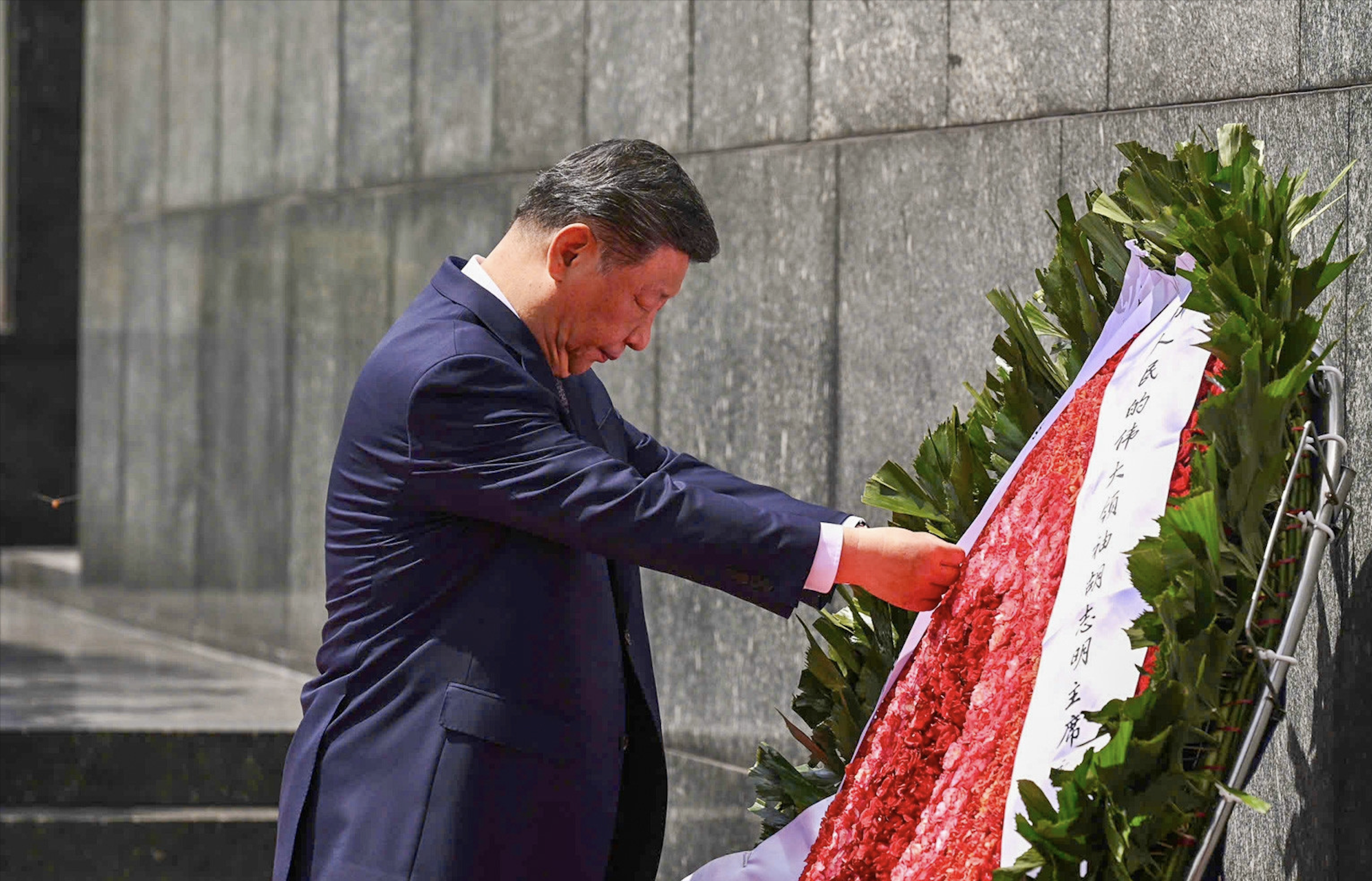
![[Photo] Air Force actively practices for the April 30th celebration](https://vstatic.vietnam.vn/vietnam/resource/IMAGE/2025/4/15/16fdec3e42734691954b853c00a7ce01)
![[Photo] President Luong Cuong holds talks with General Secretary and President of China Xi Jinping](https://vstatic.vietnam.vn/vietnam/resource/IMAGE/2025/4/15/f7e4c602ca2f4113924a583142737ff7)
![[Photo] Prime Minister Pham Minh Chinh works with state-owned enterprises on digital transformation and promoting growth](https://vstatic.vietnam.vn/vietnam/resource/IMAGE/2025/4/15/f55bfb8a7db84af89332844c37778476)
![[Photo] Ho Chi Minh City after 50 years of national reunification through buildings and symbols](https://vstatic.vietnam.vn/vietnam/resource/IMAGE/2025/4/15/a224d0b8e489457f889bdb1eee7fa7b4)
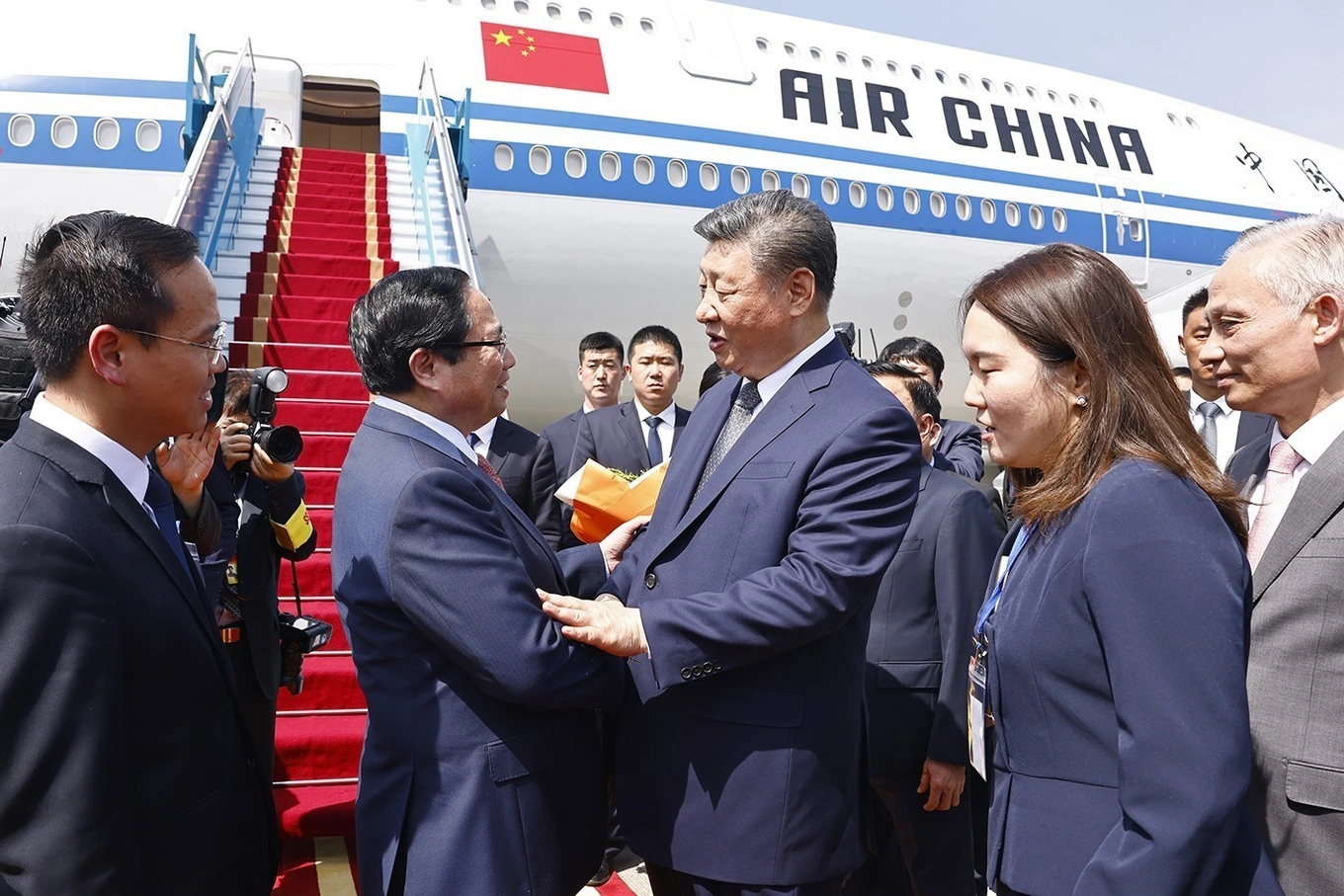

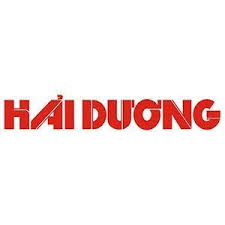
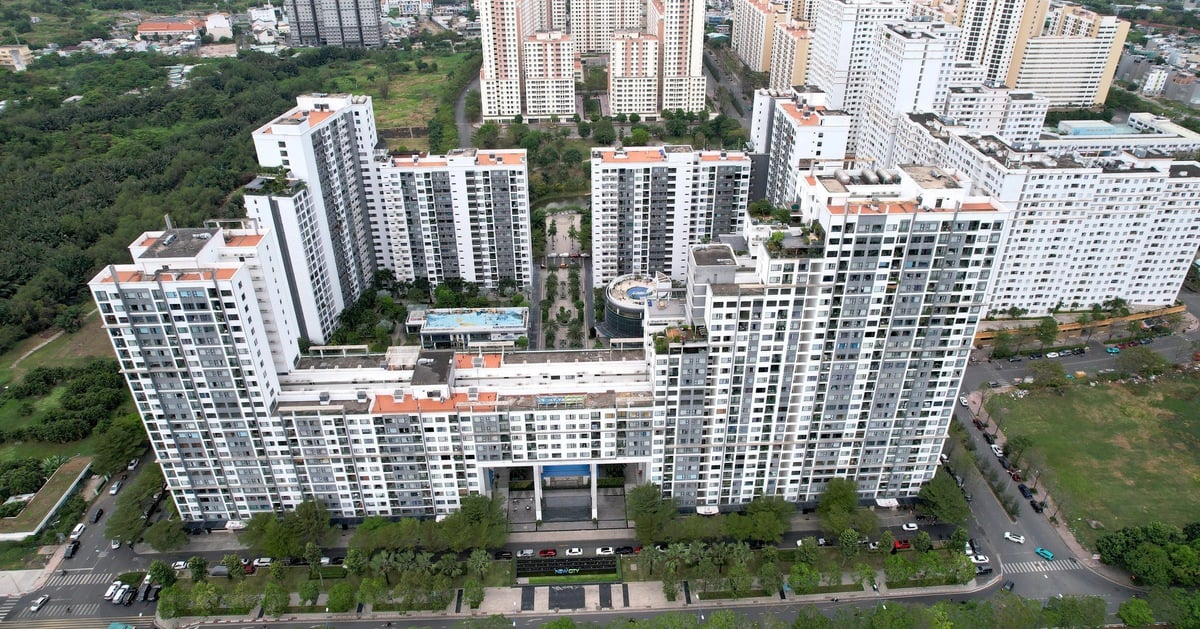


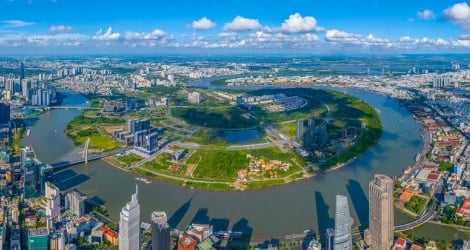



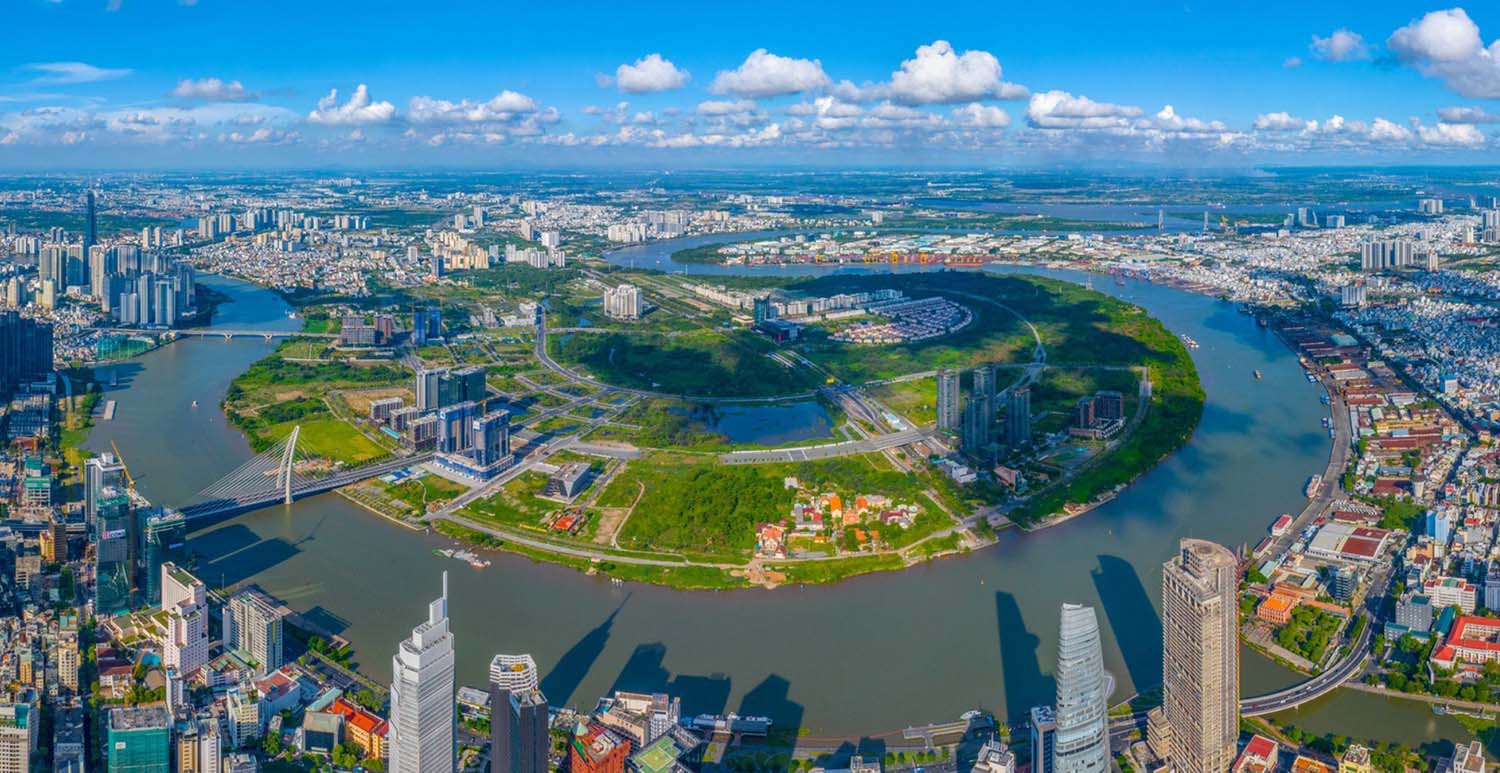
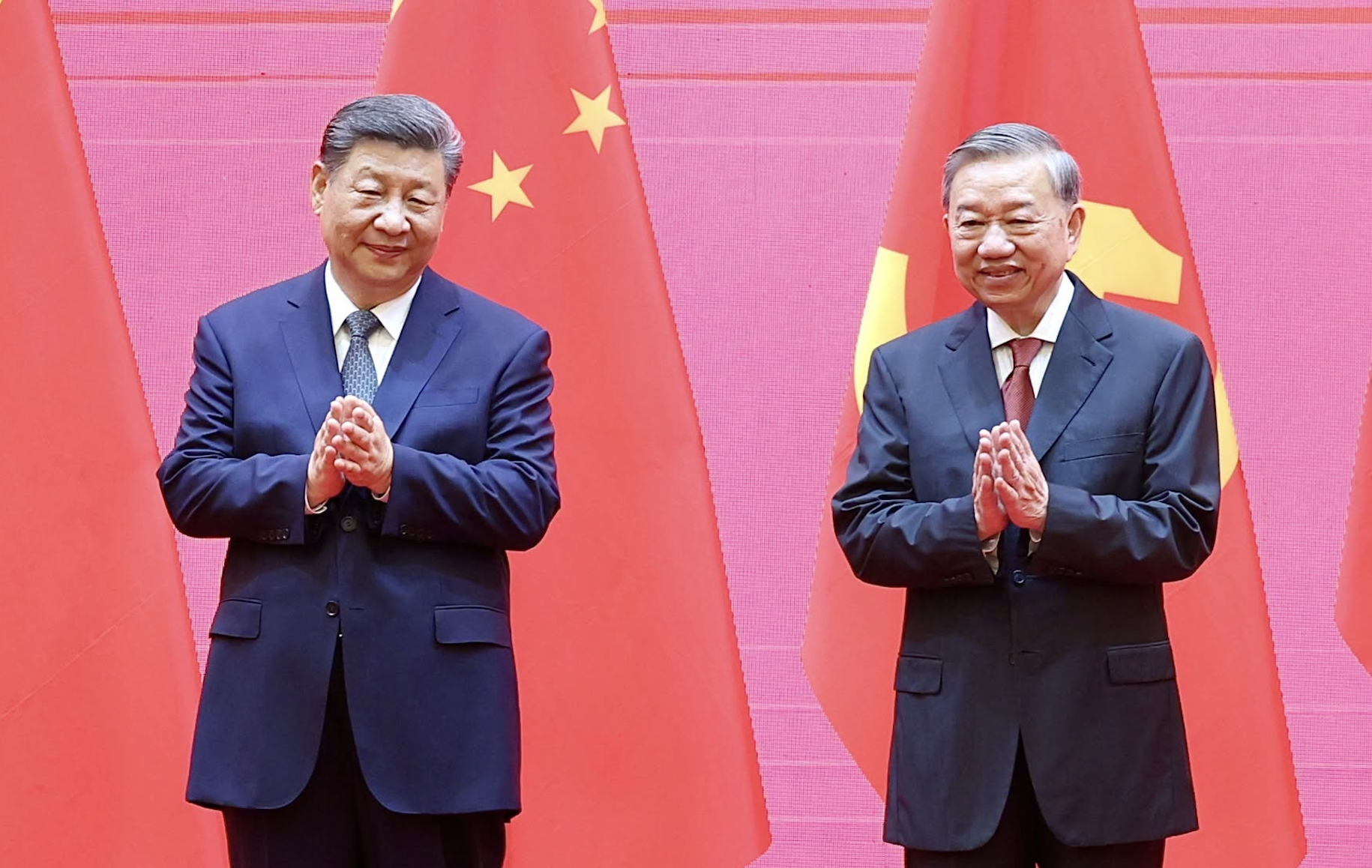

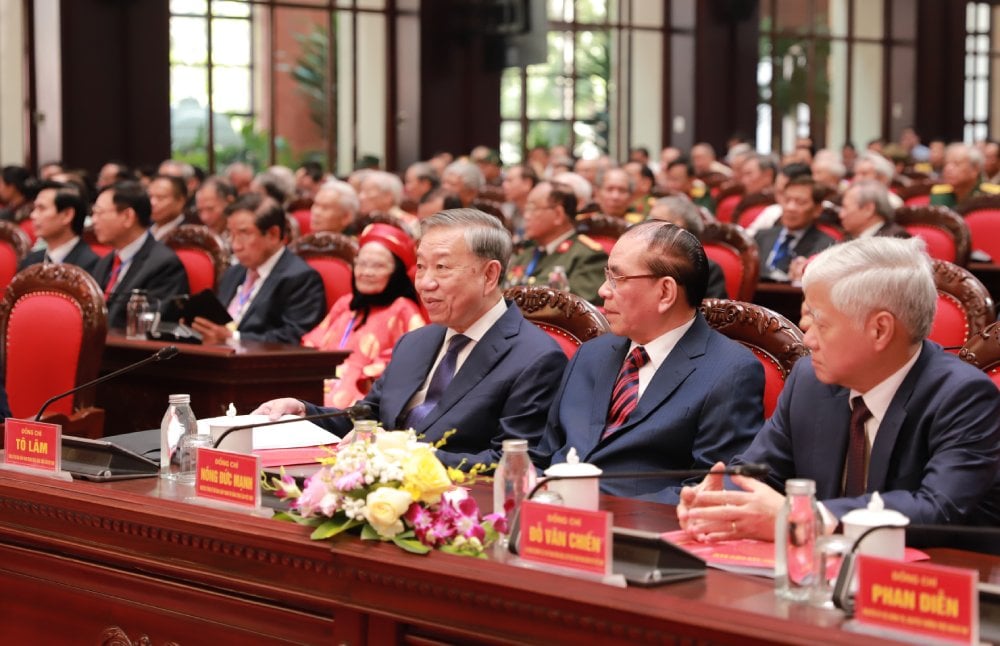
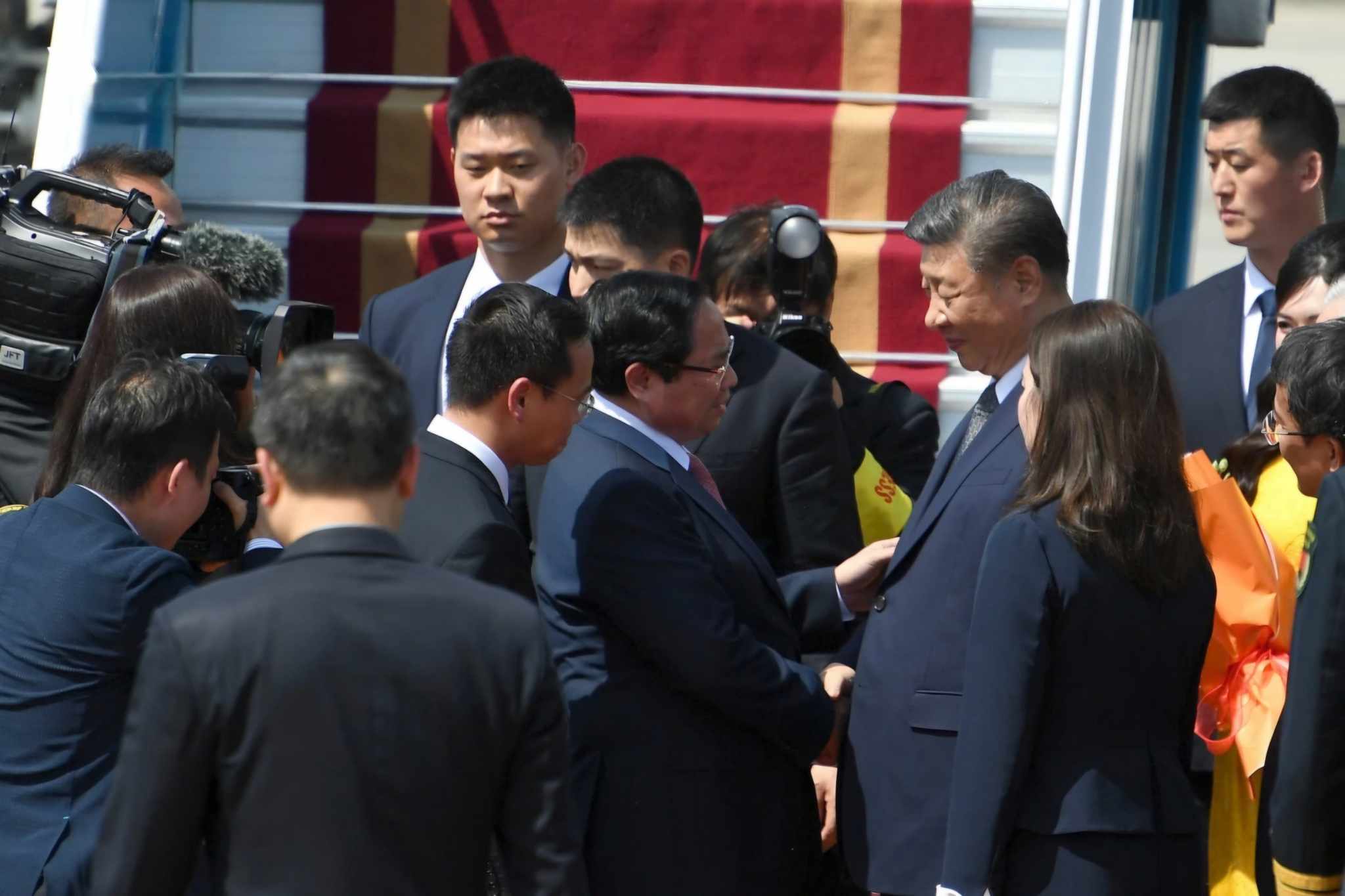
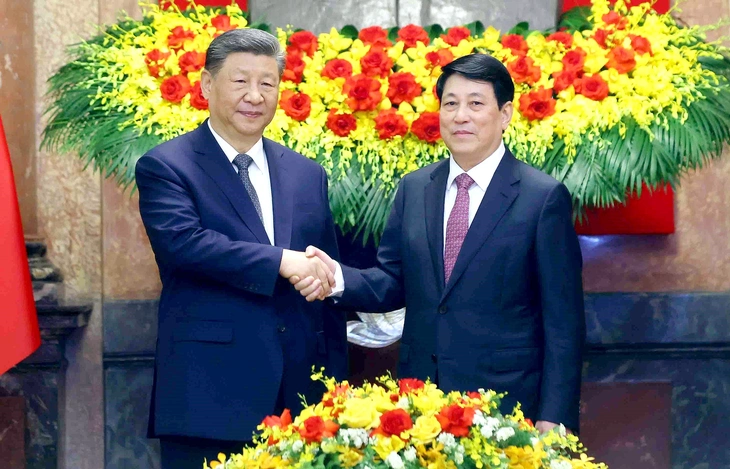


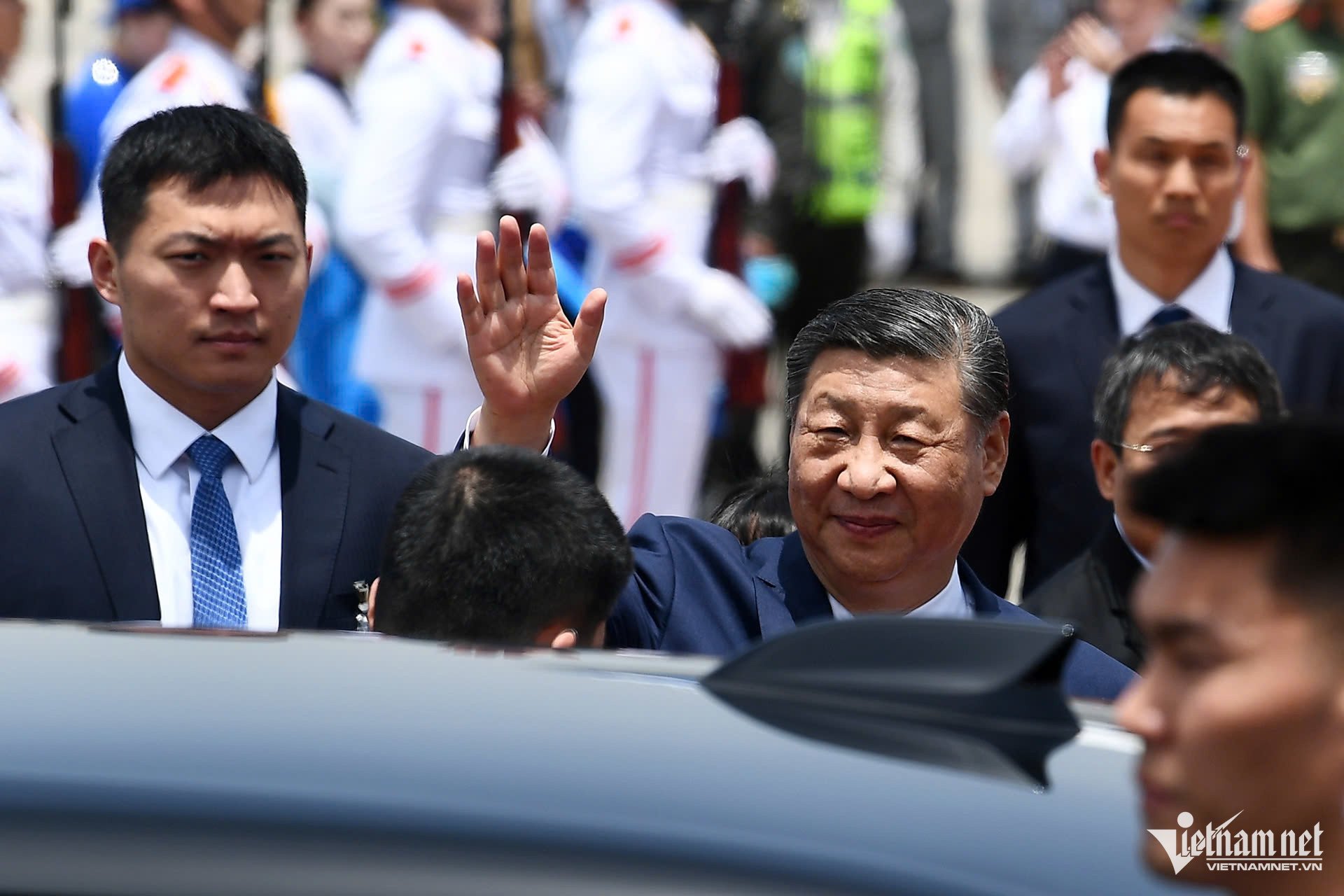
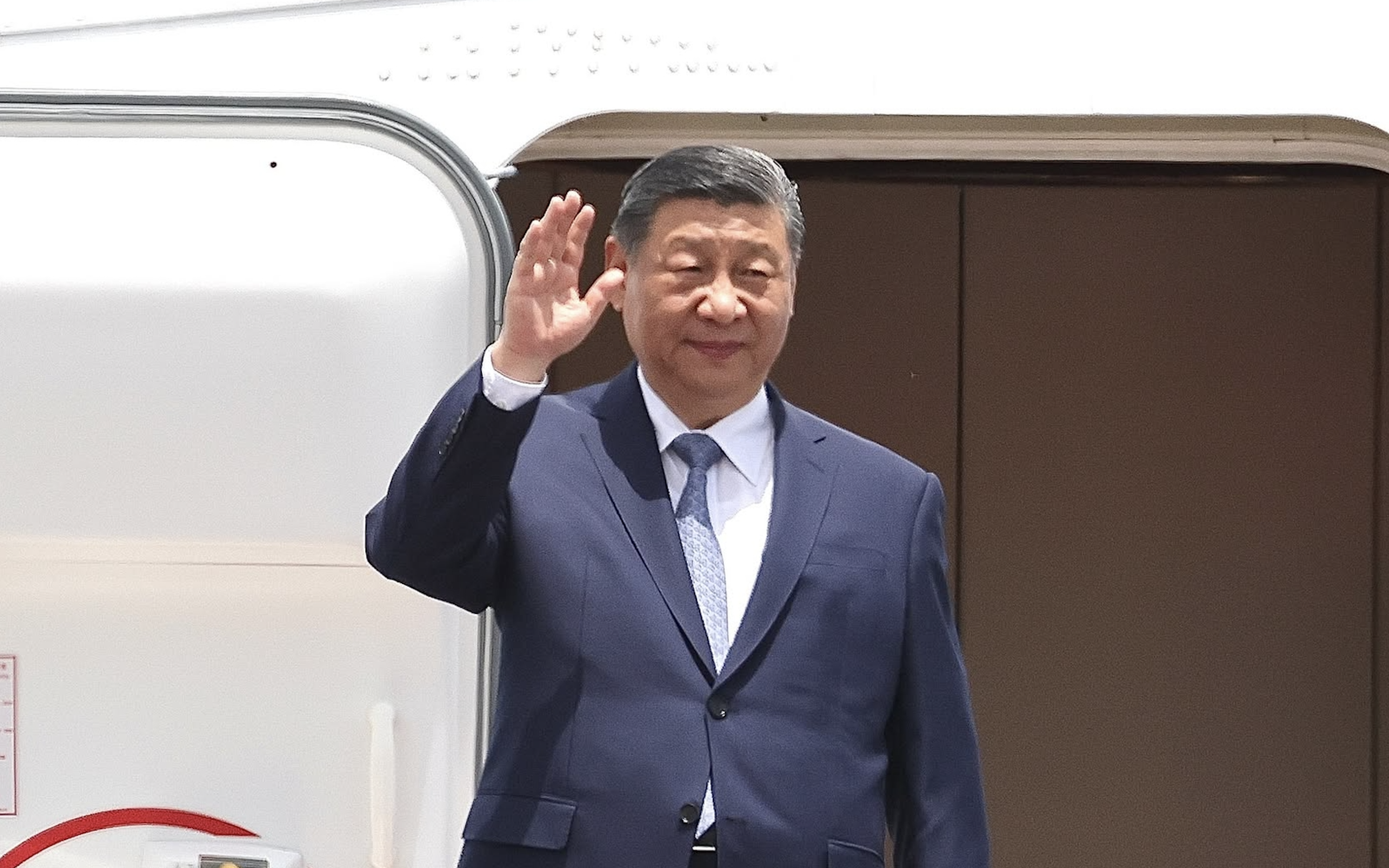
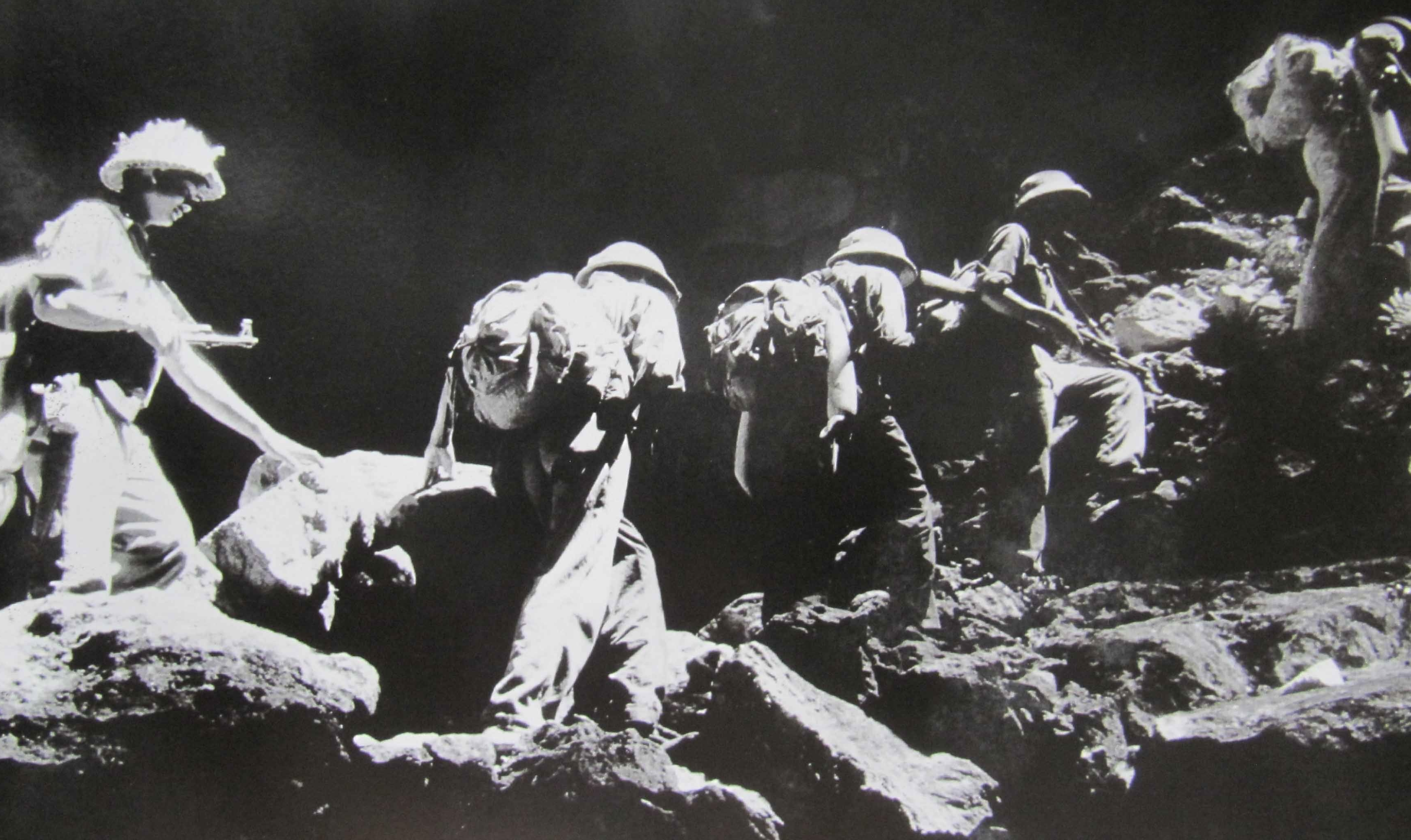










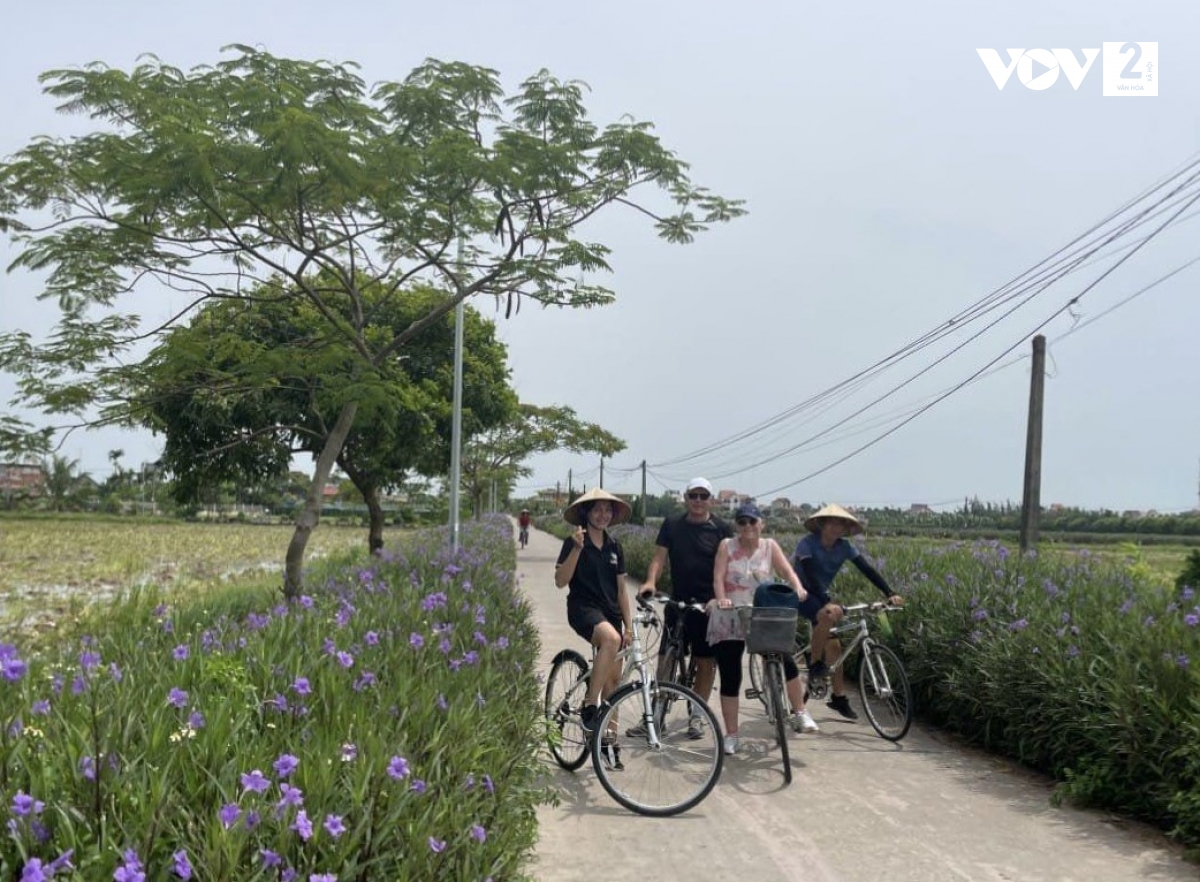

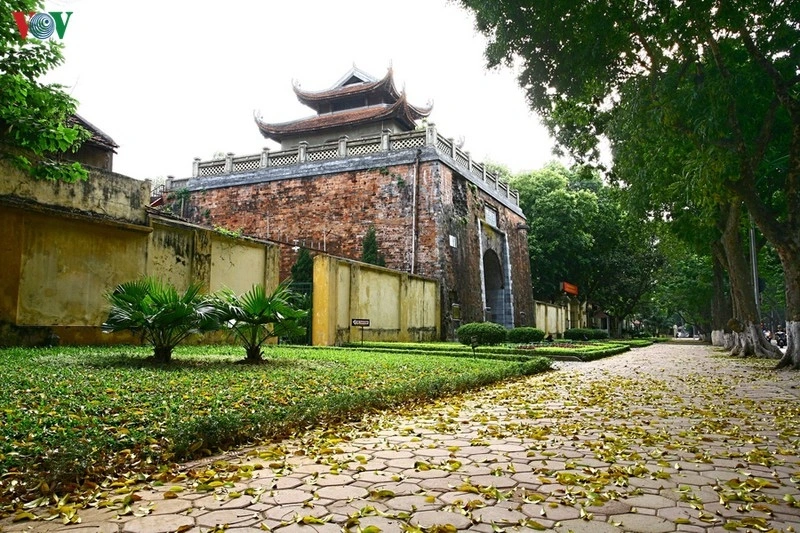
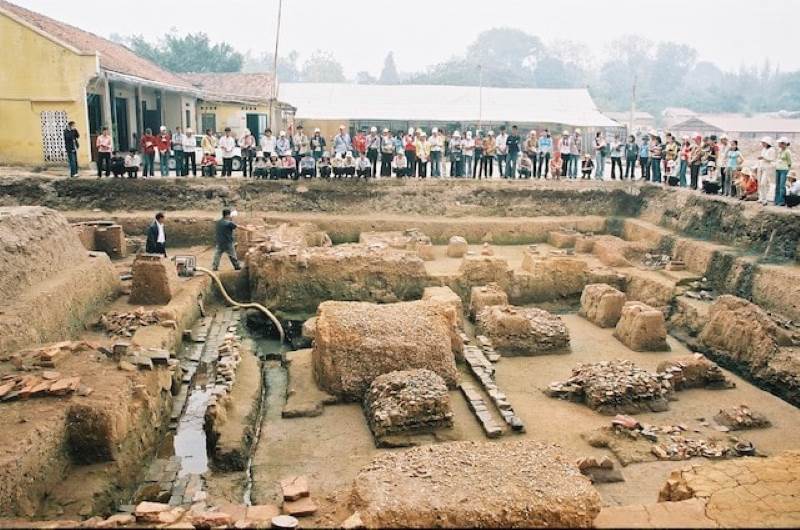

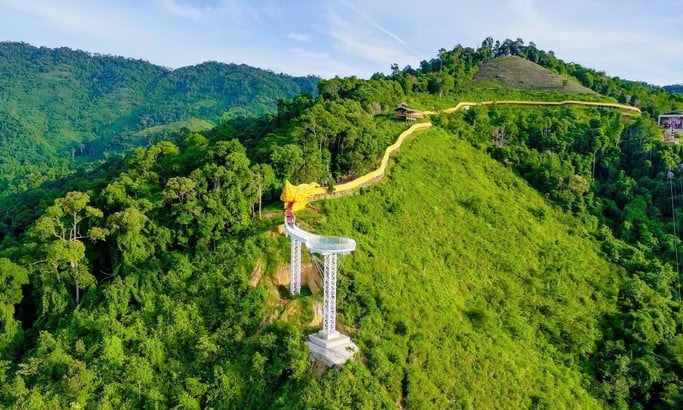

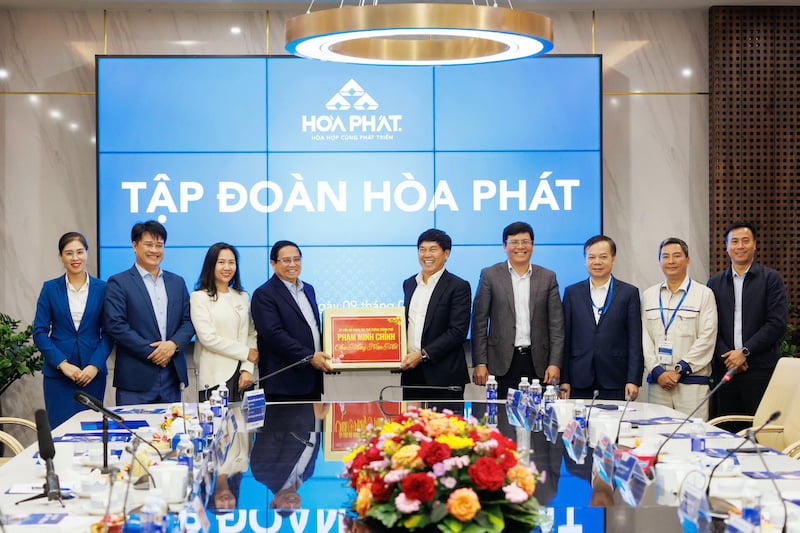
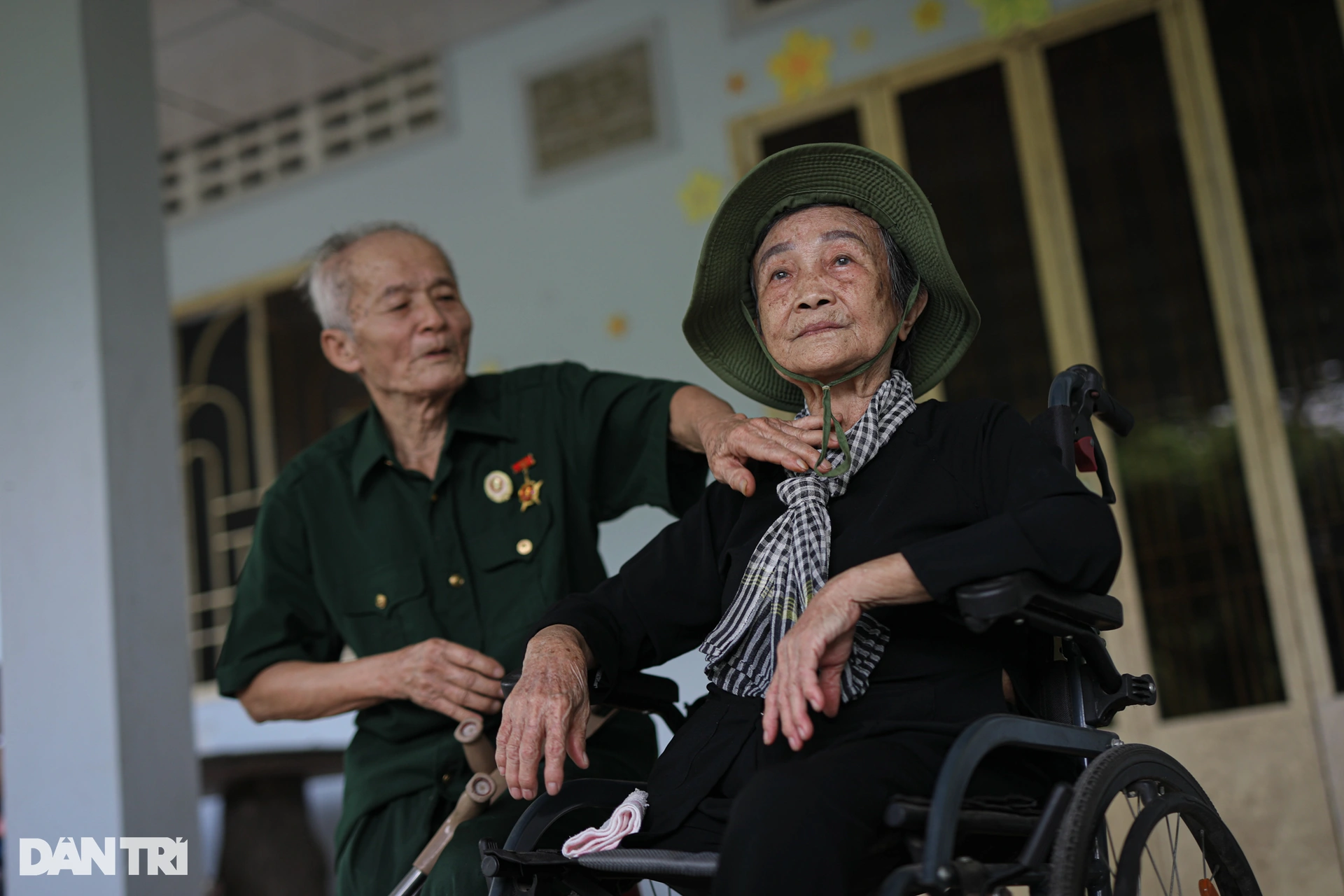










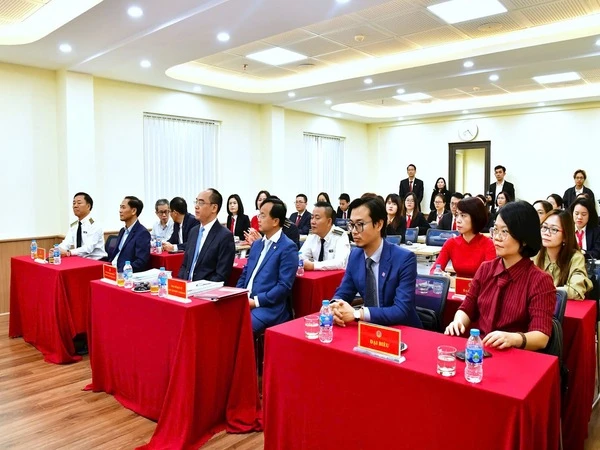



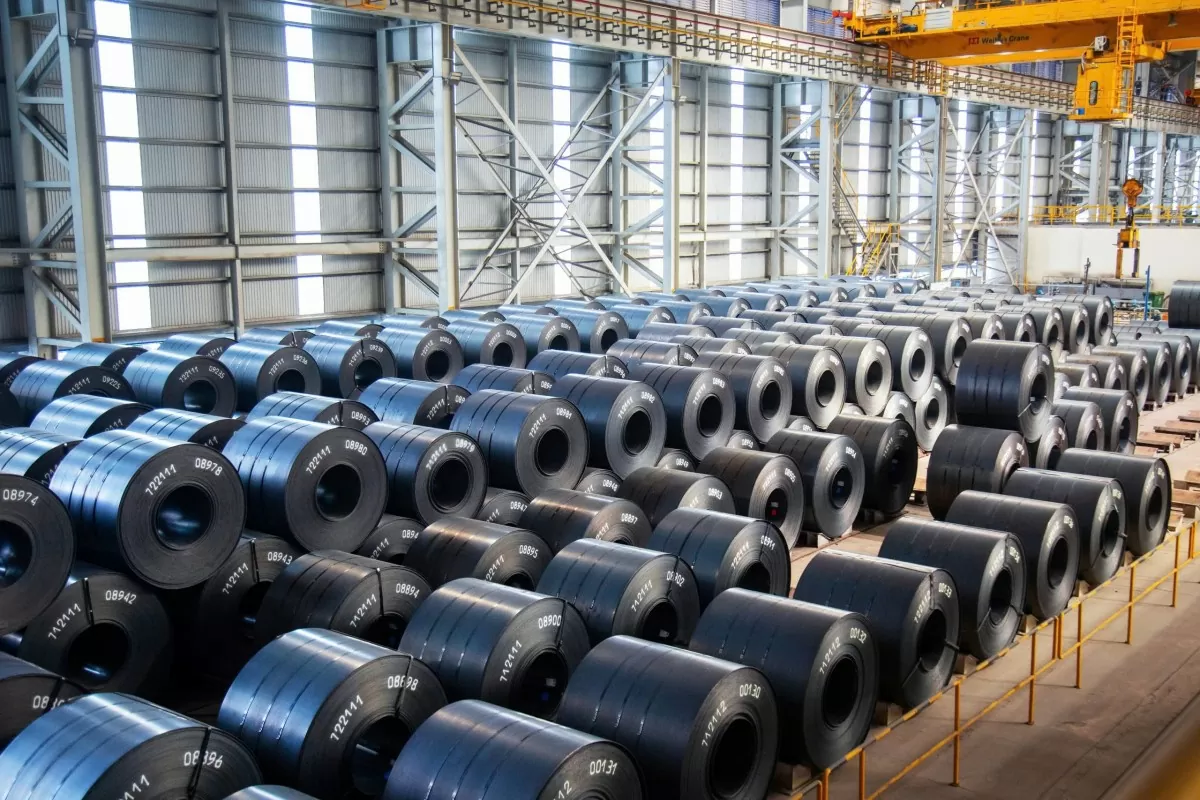

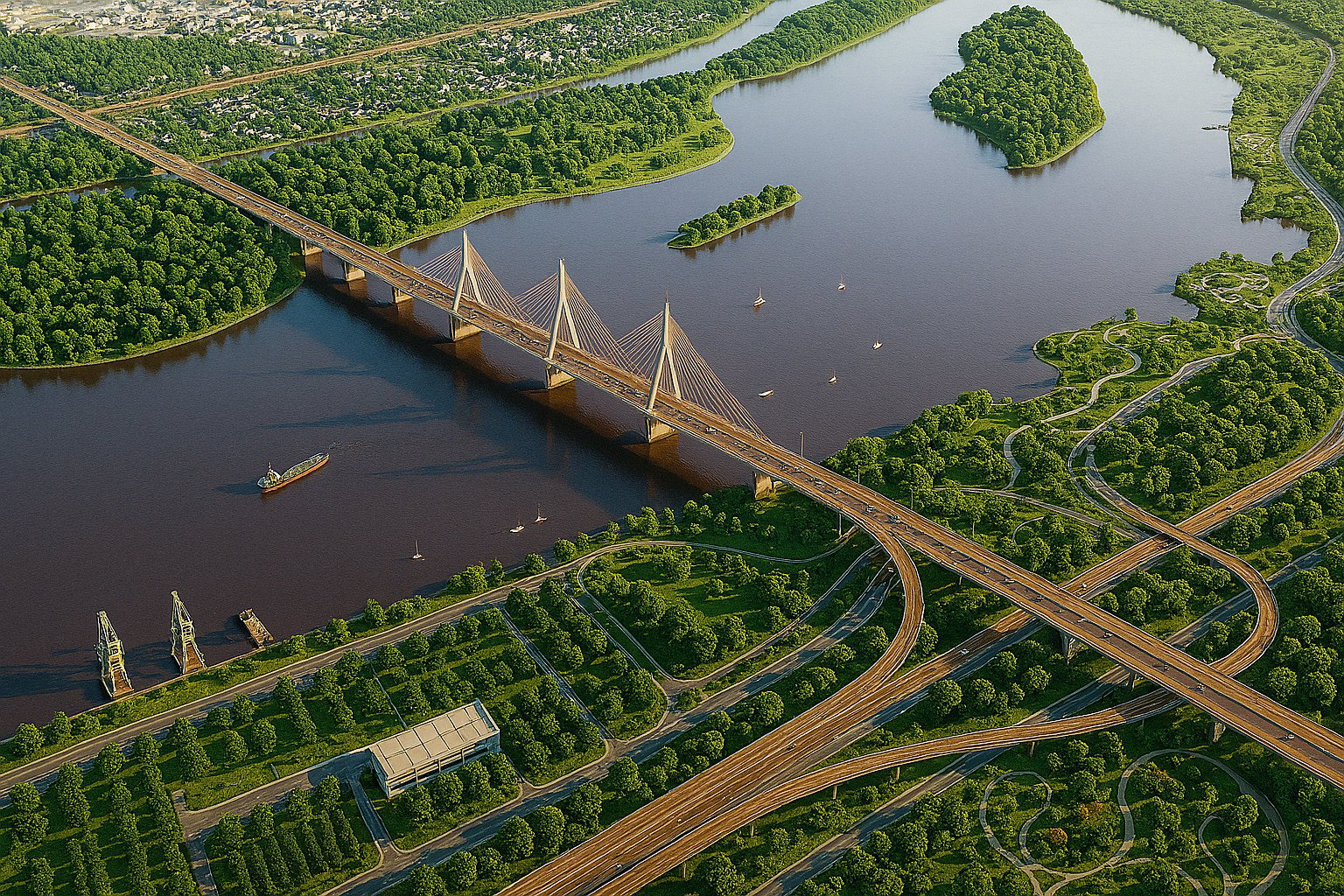
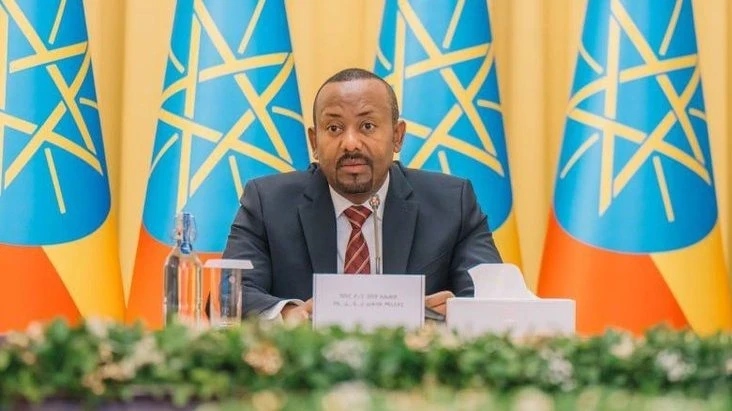
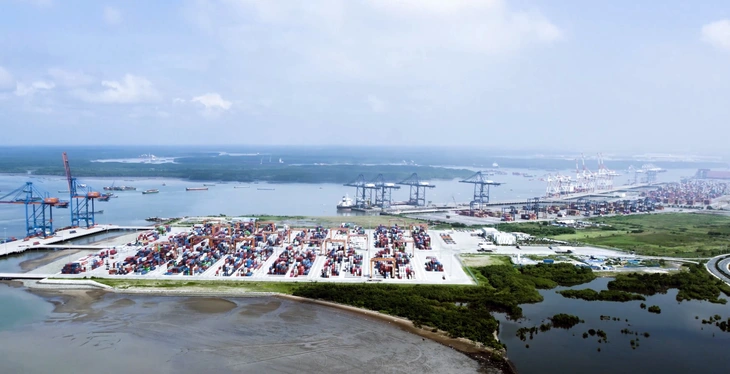

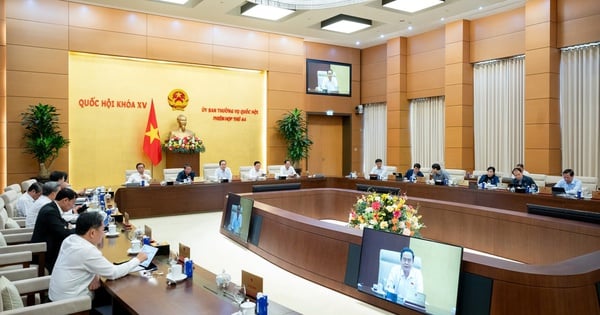

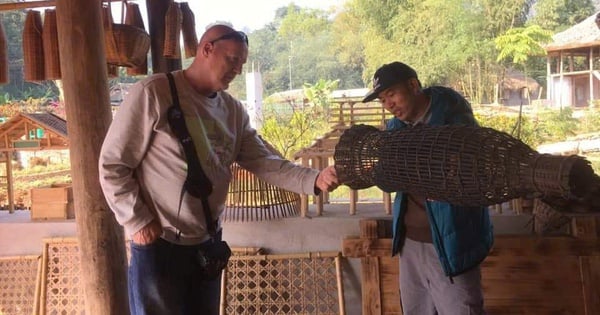

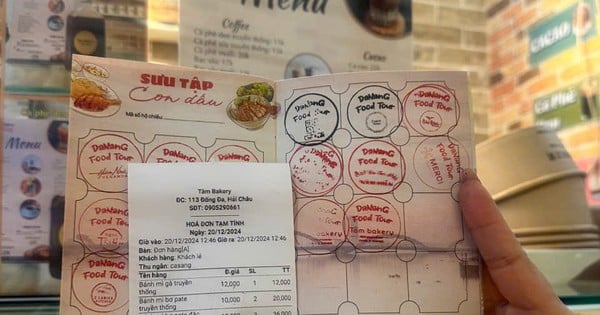
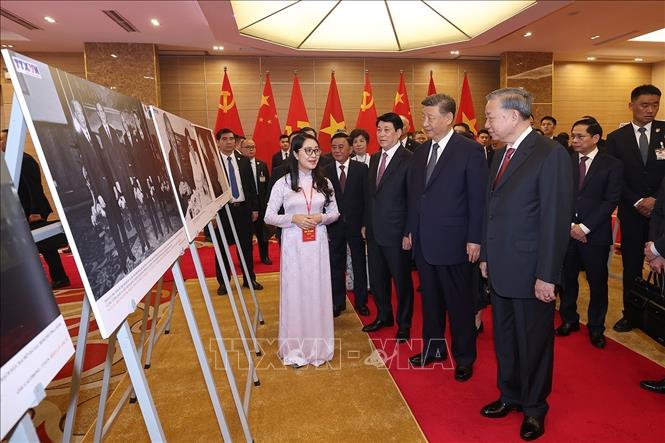

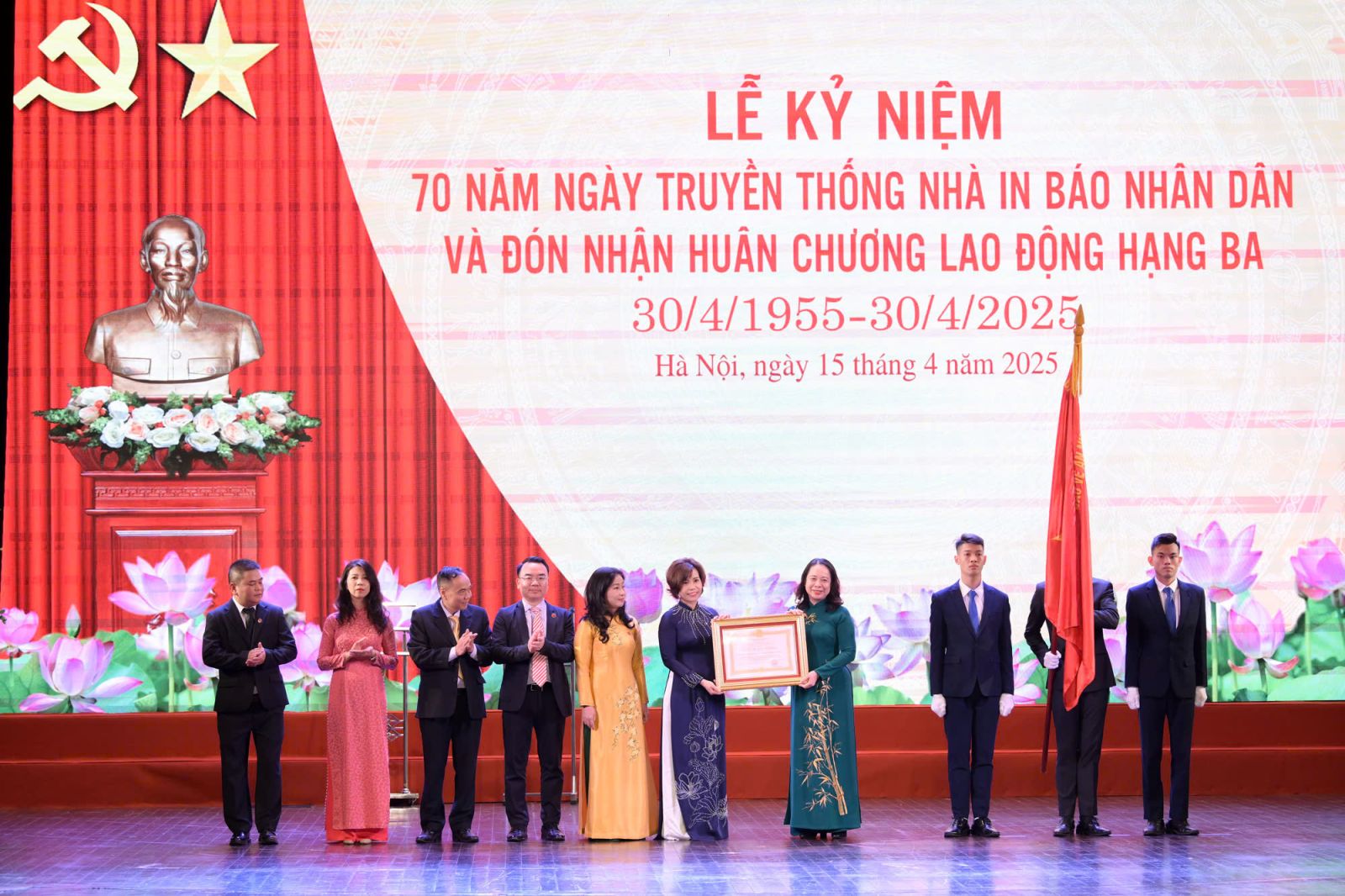
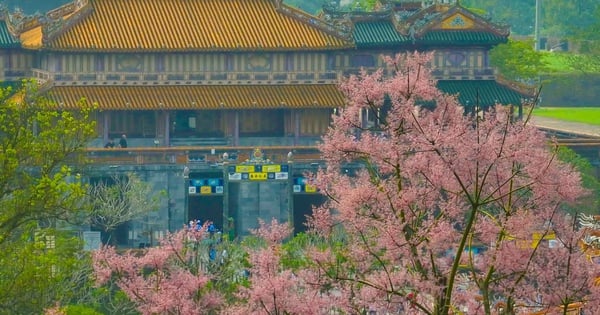



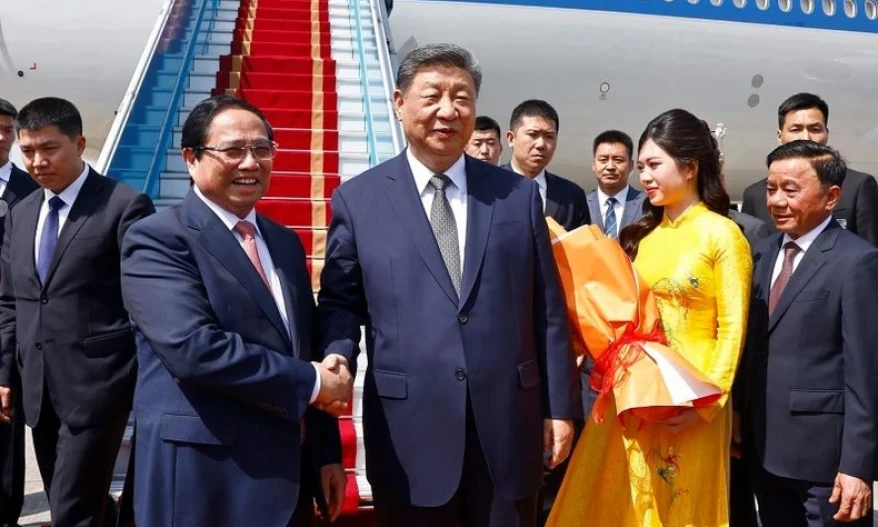
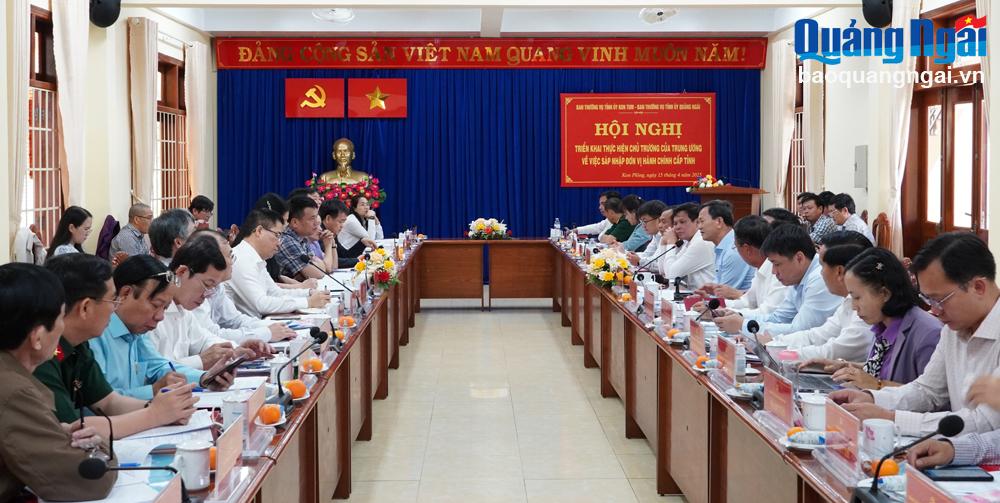


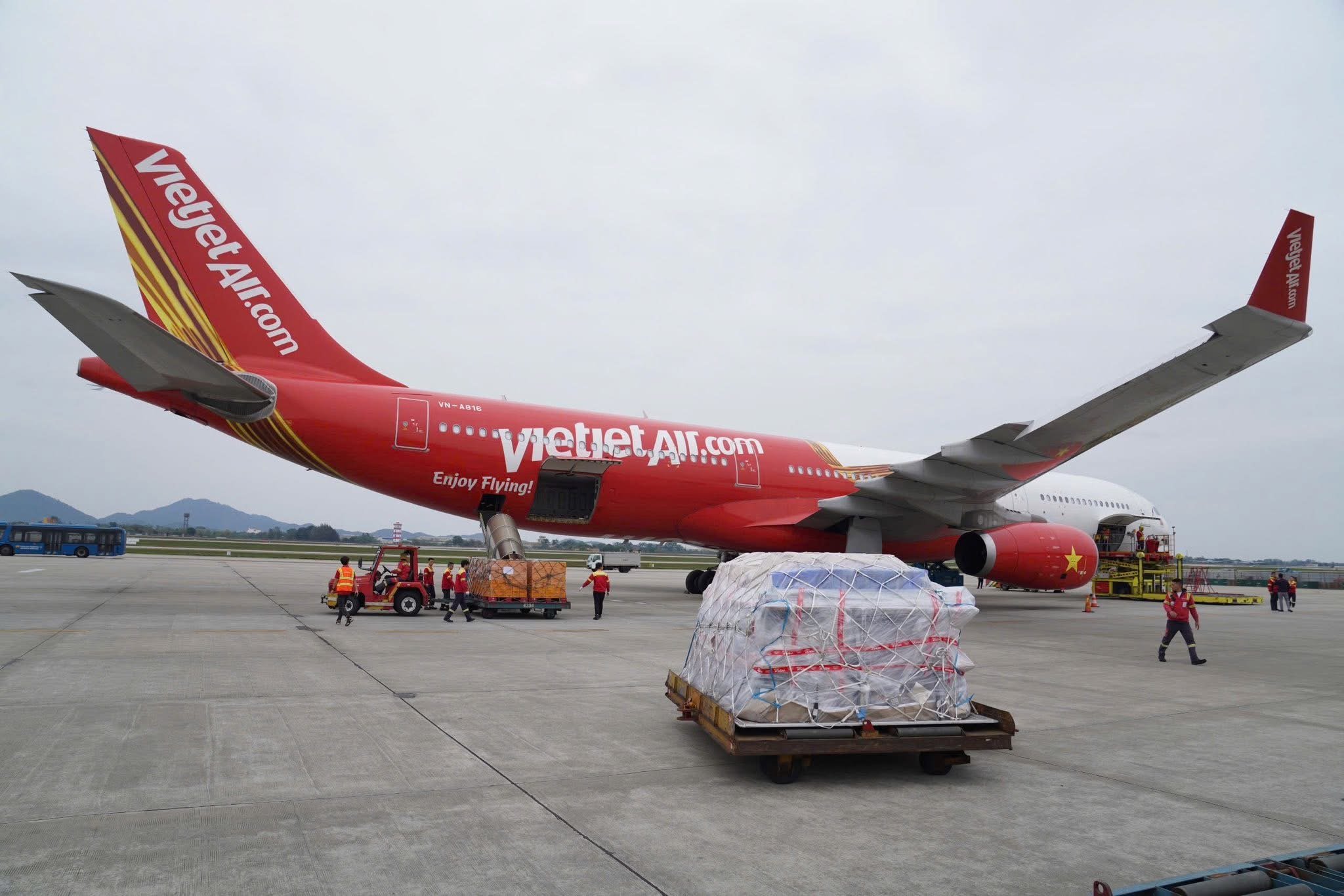
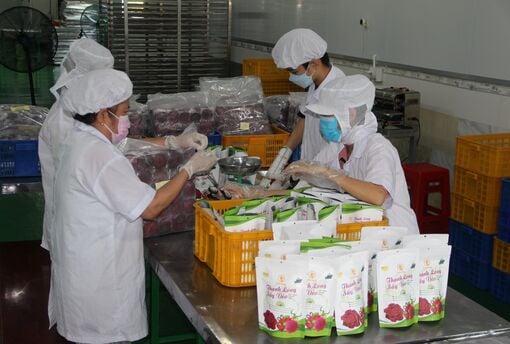

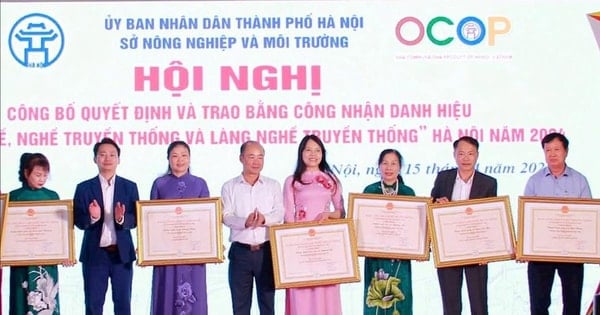
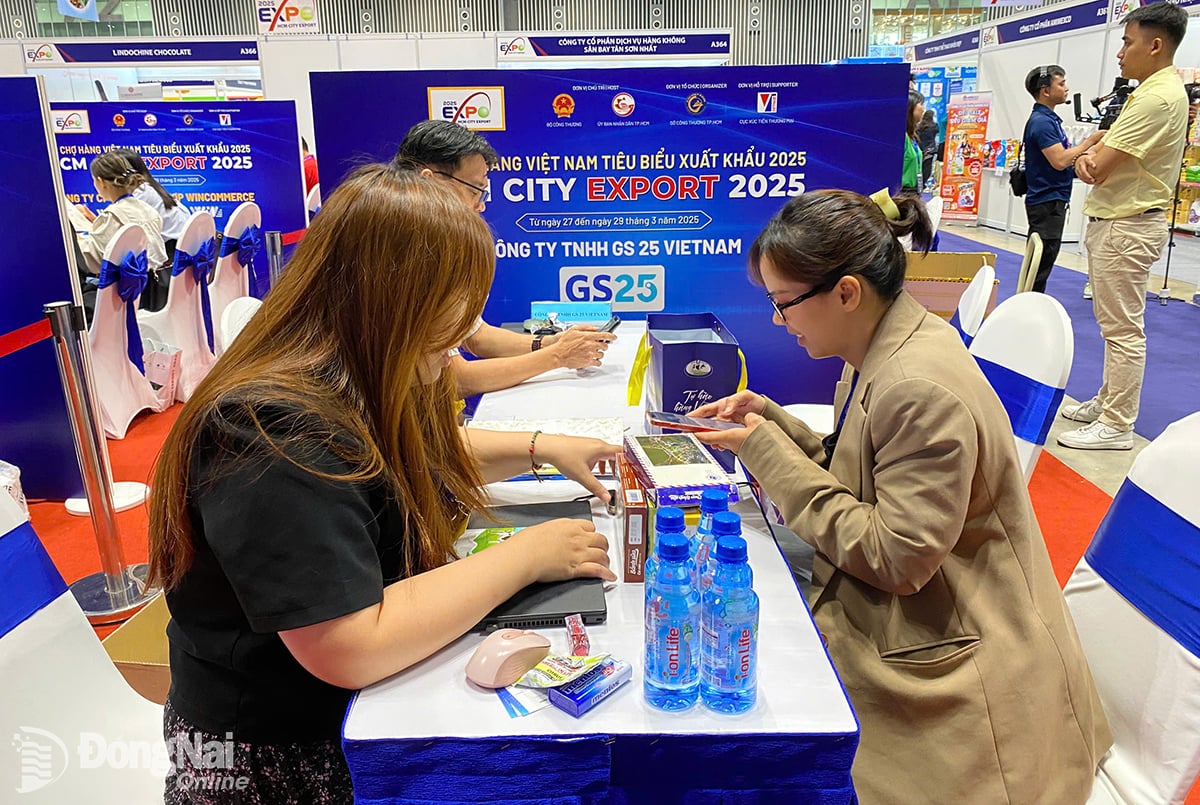

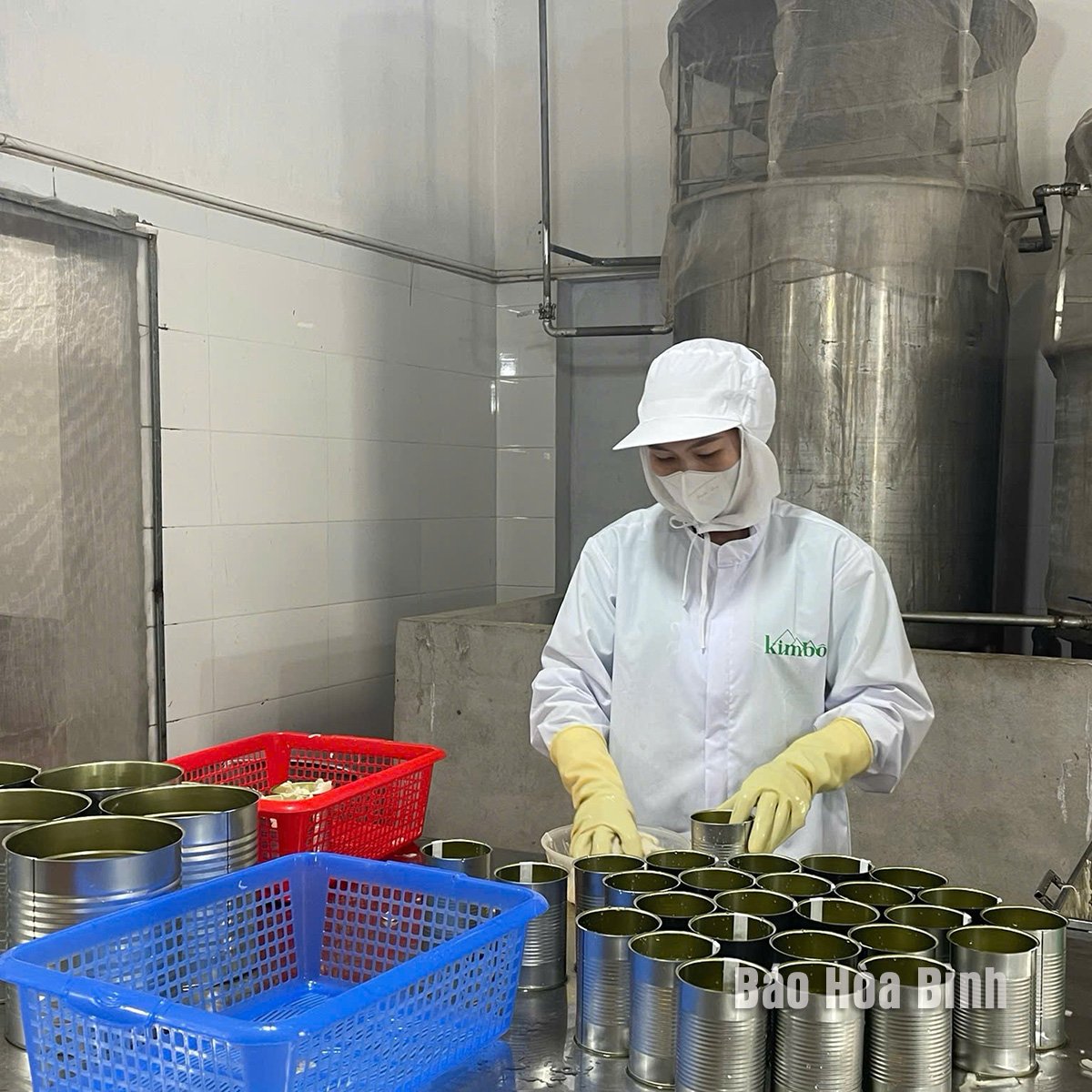
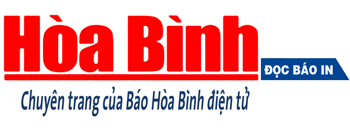
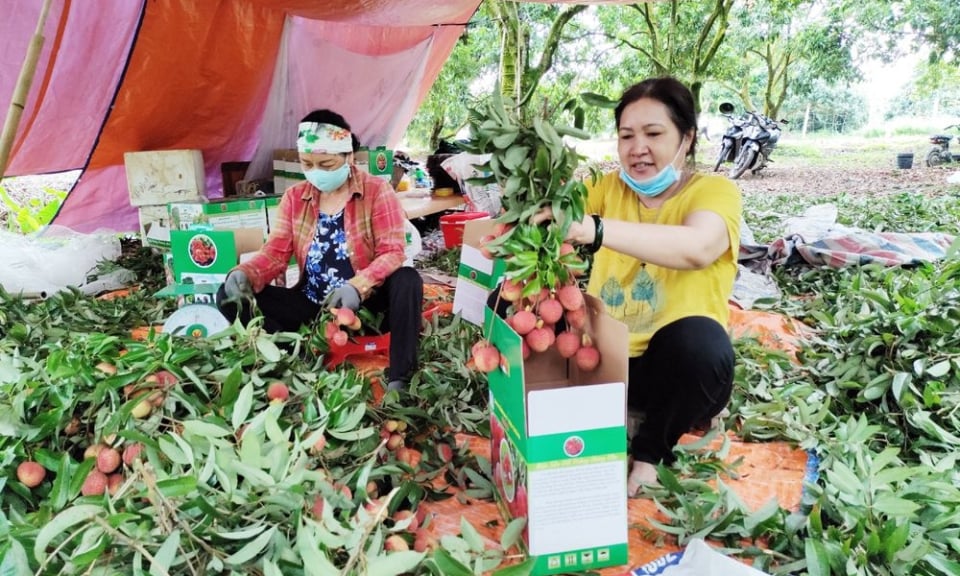


Comment (0)